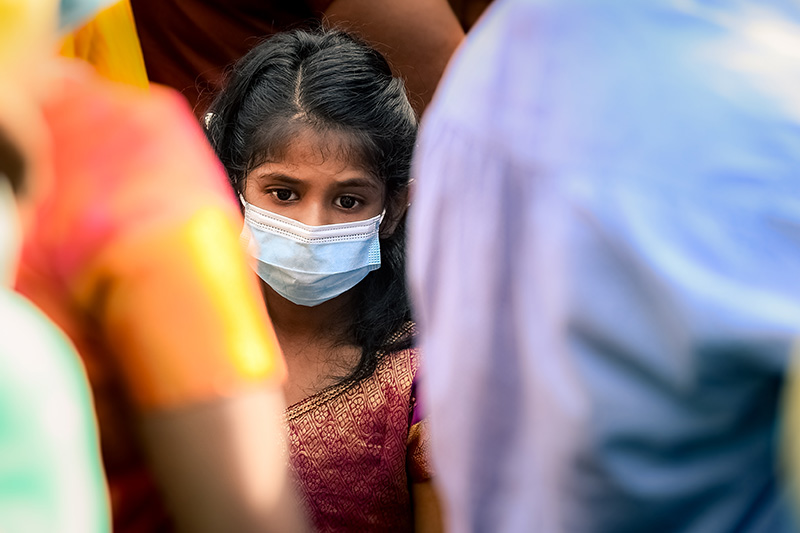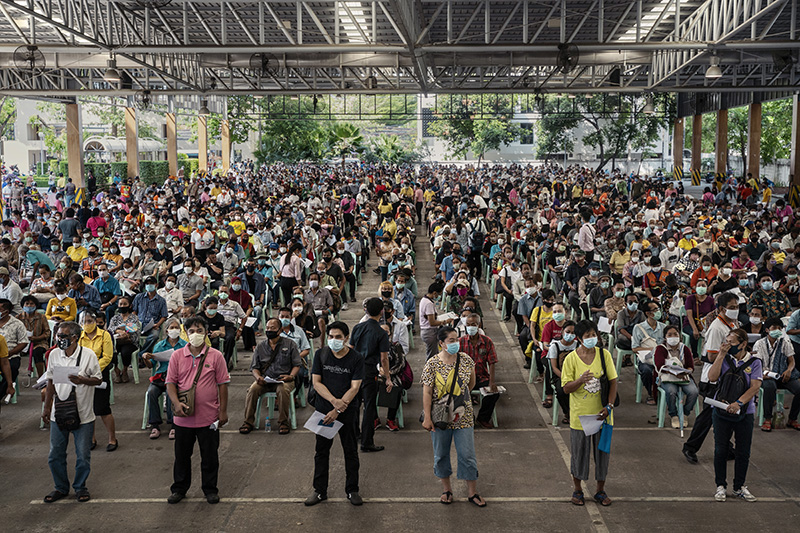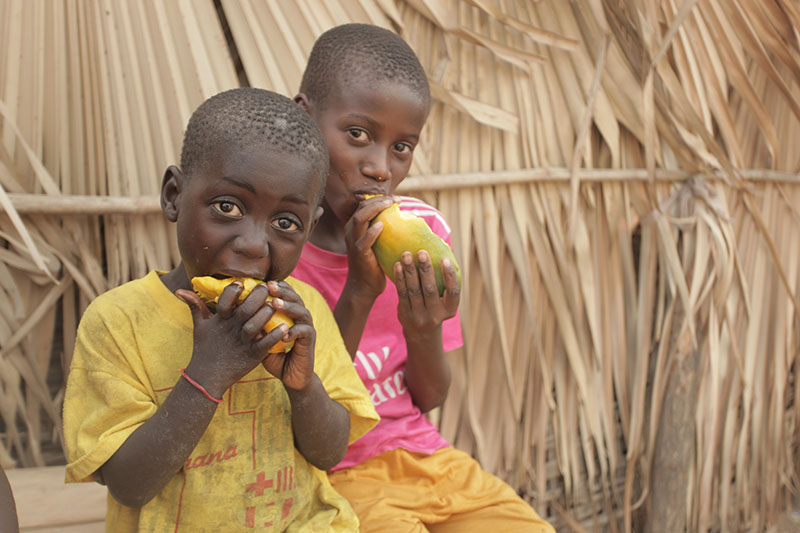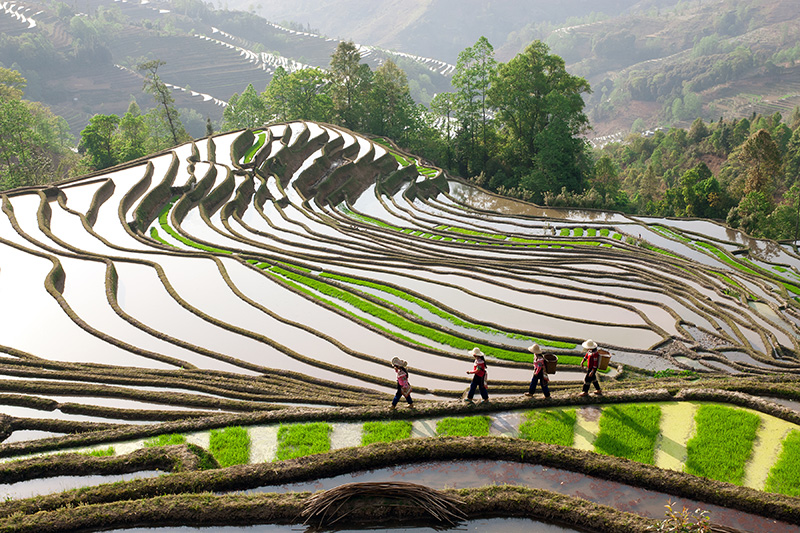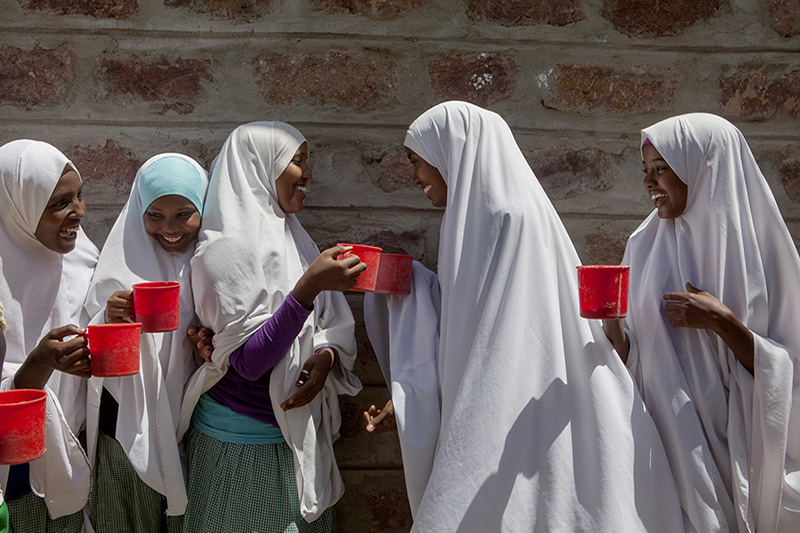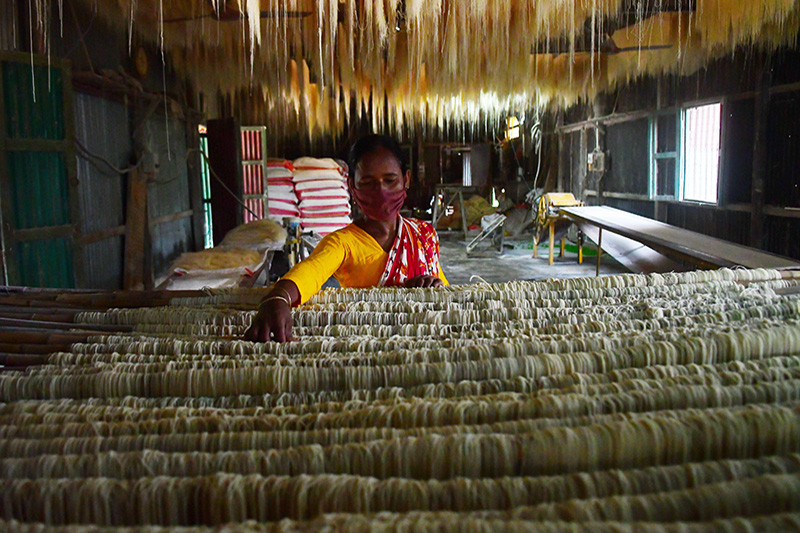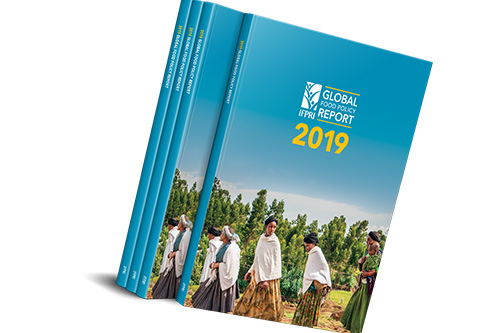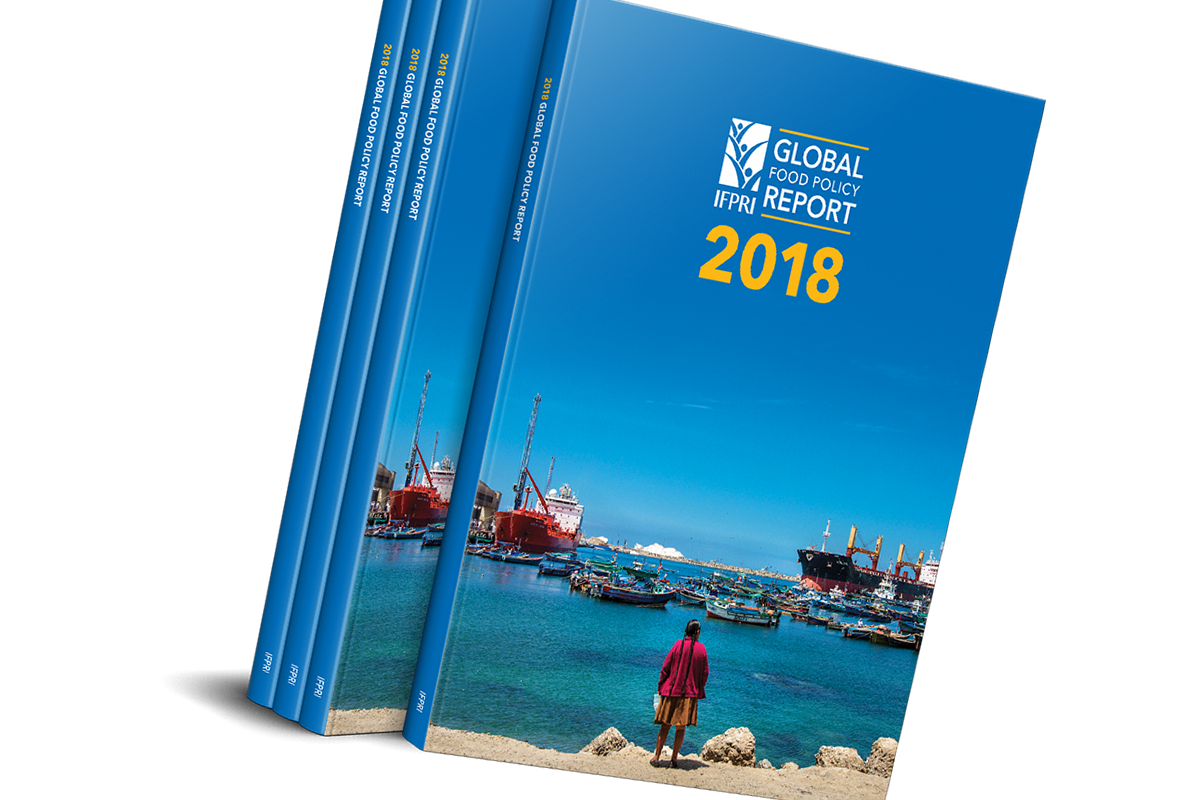Transforming Food Systems After COVID-19
Virtual launch event
APRIL 13, 2021 | 9:30 - 11:00 am EDT
COVID-19 upended our food systems in 2020, leading to lost livelihoods, food insecurity, and rising poverty. IFPRI’s flagship report looks at the critical lessons learned and promising opportunities for transforming our food systems to be more resilient, healthy, sustainable, efficient, and inclusive.
FOREWORD
A word from IFPRI
Transforming the world’s food systems is of utmost urgency. Even before COVID-19, hunger was on the rise, many people could not afford healthy diets, and food systems were unsustainable. 2020 brought COVID-19, a crisis which pushed the SDGs further out of reach. But the crisis also yielded lessons and triggered creativity in actions and thinking. A global sense of urgency and willingness to think beyond traditional barriers, combined with major international summits in 2021, creates an unusual opportunity to make reforms possible.
Themes
Explore thematic chapters to learn about the impact of the pandemic, policy responses, and what this experience means for food system transformation
Beyond COVID-19
The coronavirus pandemic highlighted the central role that food system transformation must play in meeting the Sustainable Development Goals, and the need for innovative approaches to financing the transformation.
Policy Systems for Resilience
Policy responses to the pandemic had to be rapid and balance trade-offs among health, economic, and social goals.
Nutrition and Diets
Deterioration of diet quality and diversity because of falling incomes and disrupted food systems risks long-term consequences.
Natural Resources
The pandemic has been a wake-up call for creating integrated nature-positive food systems to restore and maintain the ecosystems that support sustainable food production.
Vulnerable People
Social protection programs were extended to help vulnerable households cope with pandemic disruption, but these programs did not reach everyone in need.
Food Supply Chains
Food supply chains were disrupted by pandemic restrictions, but modernizing trends sped up, and some supply chains were able to innovate quickly.
Regions
COVID-19 impacts and responses differed around the world, affecting people and food chains in diverse ways and highlighting weaknesses and strengths in food systems
Africa south of the Sahara
Short-term policy responses and the global slowdown have had major impacts on growth, value chains, incomes, trade, poverty, and consumption.
Latin America & Caribbean
Countries in the LAC region have been particularly hard hit by the pandemic because of the region’s high level of urbanization.
Central Asia
Central Asian countries suffered substantial impacts on their economies, household welfare, and food and nutrition security, as migrant remittances dropped sharply.
Middle East & North Africa
National policy responses are spurring recovery in some countries, but the fiscal implications of these public investments and increased cash transfers remain uncertain.
East & Southeast Asia
Increased use of e-commerce has helped keep supply chains running, but the effects of the economic slowdown on agrifood-sector jobs and incomes have been devastating.
South Asia
Lockdowns and other preventive measures were initiated early in all countries, and may have been a bigger shock to the region’s economy than the pandemic itself.


